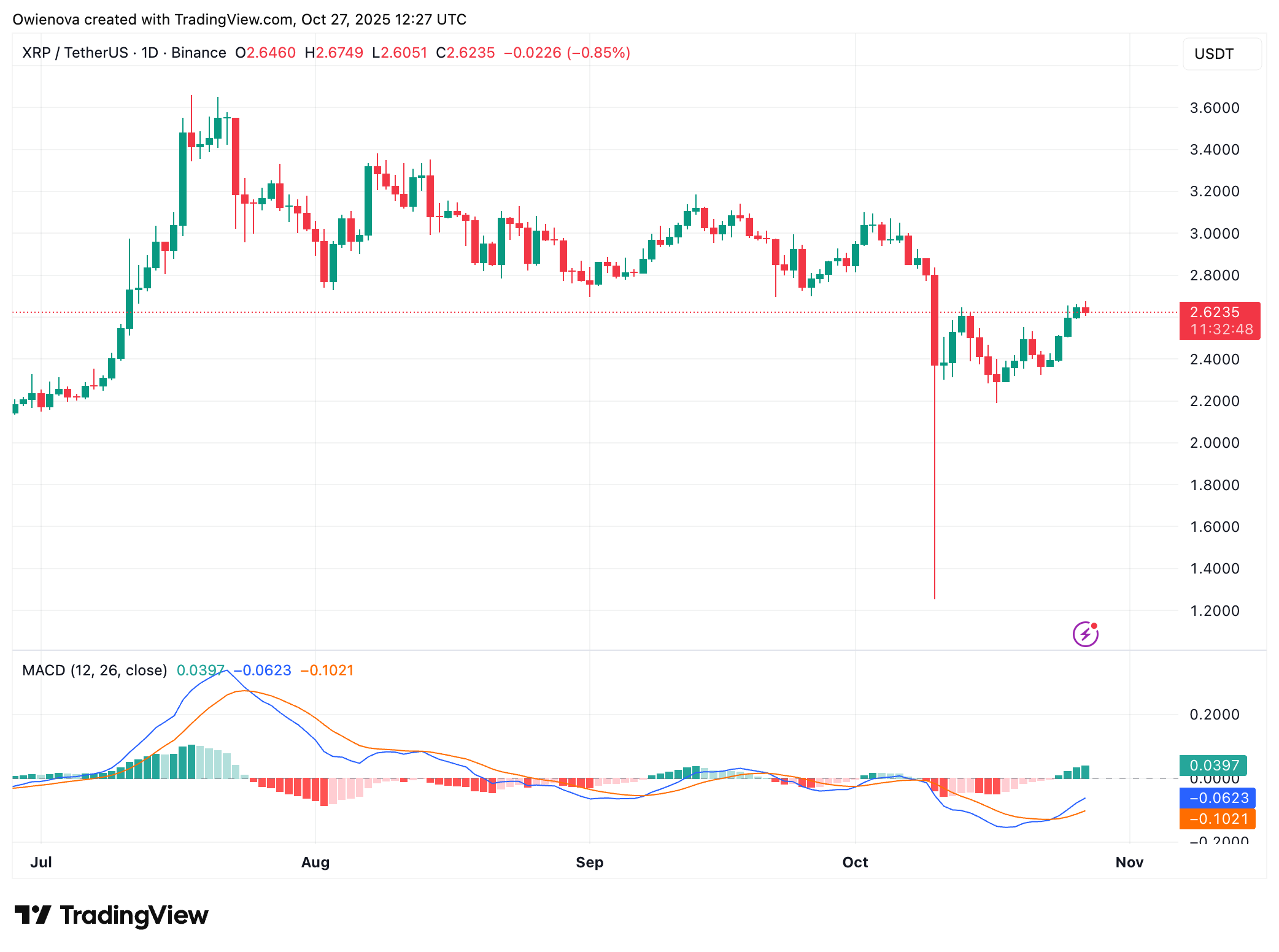At just 17, Kevin Damoa encountered firsthand the complexities and risks of shifting cargo from highways to railways while serving in the U.S. Army, where he was responsible for loading tanks and Bradley fighting vehicles onto trains. This experience, as the mechanical engineer and Glīd Technologies founder describes, marked the start of his passion for logistics.
That passion continued throughout his 13 years as a firefighter with the U.S. Air Force National Guard and into his private sector positions at companies like SpaceX, Northrup Grumman, Romeo Power Tech, and Xos Trucks, among others.
However, it wasn’t until 2022, while contributing to the Serial 1 e-bike brand spun out from Harley-Davidson, that Damoa revisited the persistent road-to-rail freight issue.
“I had a moment of clarity,” Damoa said, recalling the turning point that led him to start his own venture. “I looked at the global landscape and thought, ‘Rail systems are failing, ports are jammed, highways are packed, and road accidents are rampant. Why isn’t rail used more?’ Then I remembered my younger self realizing, ‘It’s because transferring cargo from road to rail is extremely challenging.’”
He identified the root of the problem: the intricate, multi-stage process of moving containers from ships to freight trains. To address this, he launched Glīd Technologies. The California-based company (pronounced “Glide”) is now one of the 20 Startup Battlefield finalists at TechCrunch Disrupt 2025.
Glīd’s aim isn’t to rival railways. Rather, the company is zeroing in on the initial leg from port to rail, as well as similar transitions within large industrial complexes.
“All the major issues occur in that first mile,” he explained. “This is where containers are unloaded from ships, stacked, and sorted for their next destination. The process remains inefficient and involves numerous steps.”
When a vessel docks at port, a crane lifts a container onto a hostler truck, which is designed for short hauls. The truck transports the container to a stack, where a forklift moves it into position. Later, another forklift loads it back onto a hostler truck, which then takes it to the rail yard. There, a crane or forklift transfers the container onto a freight train to await departure.
To streamline and lower the expense of moving shipping containers to the railhead and ultimately to their destinations, Glīd has created a suite of hardware and software solutions. Their flagship product, GliderM, is a hybrid-electric vehicle equipped with a rear hook that can directly lift and transport 20-foot containers to the rail, eliminating the need for forklifts or hostler trucks.
The company is also working on logistics software and a robust, low-profile platform called the Rāden, which can slide beneath any trailer, lift it, and autonomously move it from road to rail.
 Image Credits:Glid Technologies
Image Credits:Glid Technologies
“Think of us as the baton pass in a relay race,” he said, describing their approach. “We hand off the load to the next stage—the middle mile. The key is utilization: how many containers can we move in that first mile each day to optimize our costs and efficiency?”
The pricing model is also attractive. By removing the need for forklifts and hostler trucks and leveraging rail instead of semi-trucks for deliveries, Damoa says Glīd can provide its mobility-as-a-service platform at a significantly reduced rate. Clients pay an annual subscription of $300,000, which grants them access to a GliderM or Rāden and the EZRA-1SIX logistics software. There’s also a charge of 8 cents per ton per mile. According to Damoa, this is a bargain, as customers receive the combined benefits of a train, truck, and forklift, plus the service. In comparison, the current cost per ton per mile—including transloading, train, and truck fees—averages around $2.27.
With a team of 14, the company is targeting short-line railways, ports that own their tracks, and industrial parks. Glīd has already secured agreements with four short-line railroads, the Port of Woodland in Washington, Taylor Transport in Vancouver, and Great Plains Industrial Park in Kansas, which spans 6,800 acres and features 30 miles of internal rail and an on-site transload facility.
Investors have also taken notice of Glīd’s technology and business strategy, recognizing its potential.
Damoa admitted that the early years were tough, saying he couldn’t convince anyone to invest in Glīd at first. However, after participating in the Antler startup accelerator, where he honed his CEO and pitching abilities, the company began to gain traction. Glīd even secured funding before its first prototype was built.
In July, the company revealed it had raised $3.1 million in a pre-seed round led by Outlander VC, with additional backing from Draper U Ventures, Antler, The Veteran Fund, M1C, and several angel investors. Since then, further investments have brought the total to $7.1 million, with a post-money valuation of $35 million.
If you’d like to hear directly from Glīd and explore dozens of other startups, listen to their pitches, and attend talks across four stages, join us at Disrupt in San Francisco from October 27 to 29. Learn more here.



